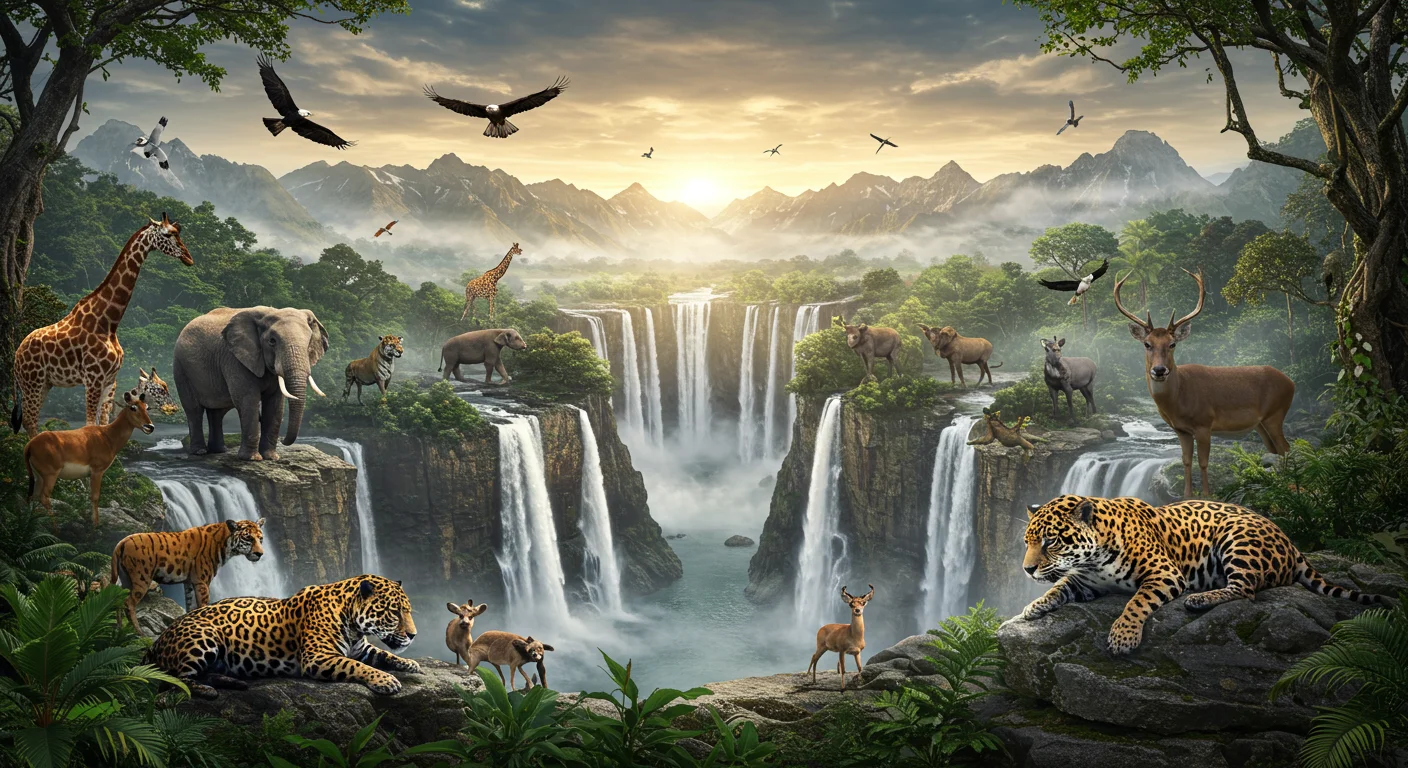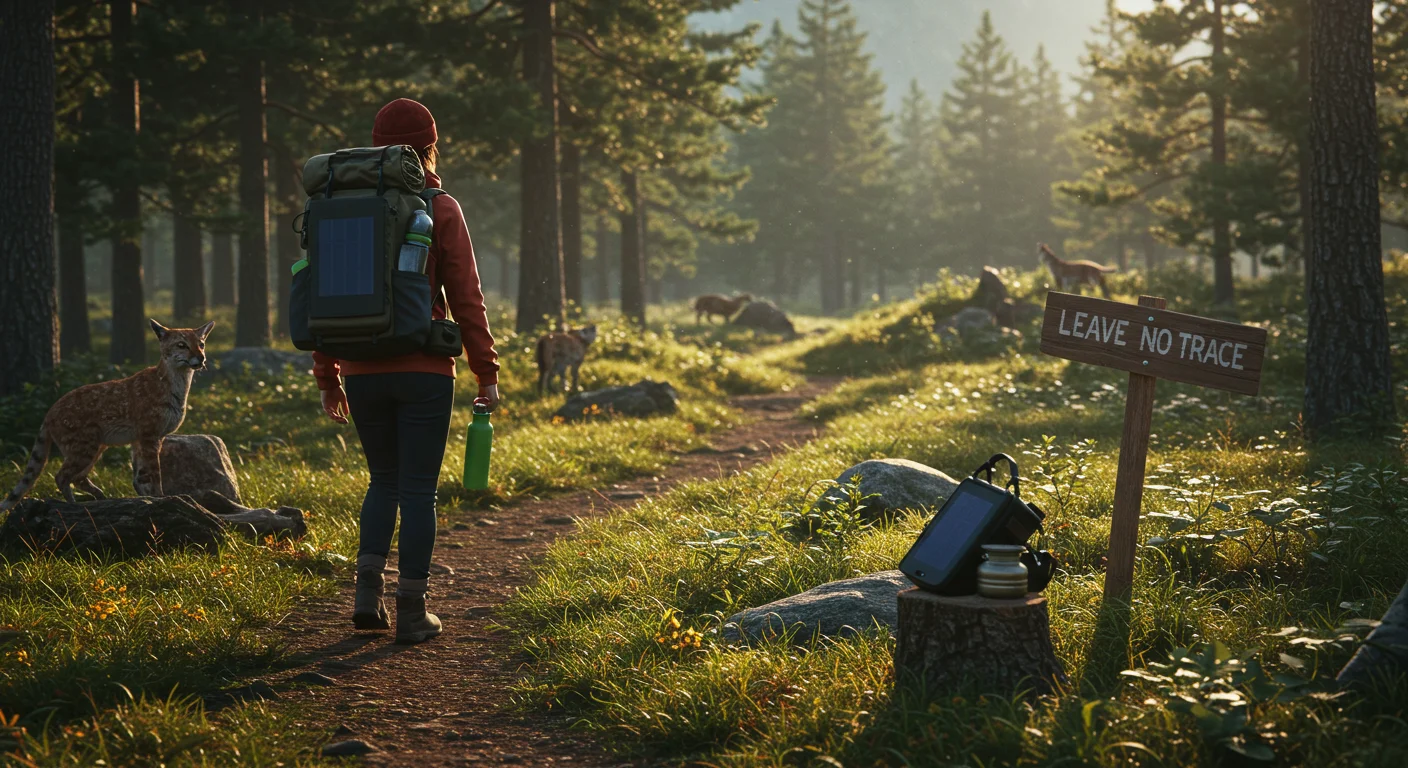Wildlife spotting at natural wonders is an exciting adventure for nature lovers. Imagine seeing animals like elephants, tigers, or colorful birds in their natural homes. This guide helps you find the best places to visit, with tips to make your trip unforgettable. Whether you love forests, mountains, or oceans, there’s a perfect spot for you.
Why Wildlife Spotting Matters
Watching animals in their natural habitats teaches us about nature and why we need to protect it. It’s like stepping into a real-life animal documentary. You might see a lion resting under a tree or a dolphin jumping in the waves. These moments connect us to the world around us. Plus, it’s super fun for families, friends, or even solo travelers.
Many natural wonders are home to unique animals you can’t see anywhere else. For example, the Galápagos Islands have giant tortoises, and Australia’s Great Barrier Reef is full of colorful fish. Planning a trip to these places lets you experience nature up close while supporting conservation efforts.
Top Destinations for Wildlife Spotting at Natural Wonders
Ready to plan your wildlife spotting adventure? Here are some of the best natural wonders to visit. Each one offers a chance to see amazing animals in stunning landscapes. Wildlife spotting at natural wonders is a must-do for anyone who loves animals and travel.
- Yellowstone National Park, USA: This park is famous for its bears, wolves, and bison. Walk the trails or join a guided tour to see these animals safely.
- Serengeti National Park, Tanzania: Watch the Great Migration, where millions of wildebeest and zebras move across the plains. Lions and cheetahs are also common here.
- Great Barrier Reef, Australia: Snorkel or dive to see turtles, sharks, and colorful corals. It’s like an underwater zoo.
- Amazon Rainforest, South America: Spot jaguars, monkeys, and vibrant parrots. River cruises are a great way to explore.
- Galápagos Islands, Ecuador: Meet unique creatures like iguanas and blue-footed boobies. Guided tours help you learn about these special animals.
How to Prepare for Wildlife Spotting
Before you head out, a little planning goes a long way. First, research the animals you want to see and the best time to visit. For example, the Serengeti’s migration happens from July to October. Second, pack the right gear, like binoculars, a camera, and comfy shoes. Finally, book tours with guides who know the area and respect nature.
Safety is super important. Always follow park rules and keep a safe distance from animals. Never feed them, as it can harm their health. By being prepared, you’ll have a better chance of spotting wildlife at natural wonders while staying safe.
What Makes a Great Wildlife Spotting Trip?
A great trip combines adventure, learning, and respect for nature. Here’s what to look for when choosing a destination:
- Diverse Animals: Pick places with lots of different species, like the Amazon or Yellowstone.
- Beautiful Scenery: Natural wonders like mountains or reefs make your trip even more special.
- Expert Guides: Local guides know where animals hang out and can share cool facts.
- Conservation Focus: Choose spots that protect animals and their homes.
These factors make wildlife spotting at natural wonders an experience you’ll never forget. Plus, you’ll feel good knowing your trip supports nature.
Best Times for Wildlife Spotting
Timing is everything when it comes to seeing animals. Each natural wonder has a peak season when animals are most active. For example, winter is great for spotting whales in Hawaii’s Maui waters, while summer is perfect for bears in Alaska’s Katmai National Park. Check local weather and animal patterns before booking your trip.
Some animals, like birds, migrate during certain months. Others, like sea turtles, come to shore to lay eggs at specific times. Researching these details helps you plan a trip where you’ll see the most wildlife. Wildlife spotting at natural wonders is all about being in the right place at the right time.
Tips for Amazing Wildlife Photos
Capturing animals on camera is a great way to remember your trip. Here are some easy tips for awesome photos:
- Use a zoom lens to get close-up shots without disturbing animals.
- Take photos during early morning or late afternoon for soft, natural light.
- Be patient—wait for the perfect moment, like a bird taking flight.
- Respect animals by not using flash, which can scare them.
With these tips, you’ll have stunning photos to share from your wildlife spotting adventure.
How Wildlife Spotting Helps Conservation
Your trip can do more than just create memories—it can help save animals. Many natural wonders use tourism money to protect habitats and fight poaching. For example, fees from Serengeti visitors fund ranger patrols. By choosing eco-friendly tours, you support these efforts.
Learning about animals during your trip also inspires you to care about nature. You might start recycling more or supporting wildlife charities. Wildlife spotting at natural wonders isn’t just fun—it’s a way to make a difference.
Quick Summary: Why Visit Natural Wonders for Wildlife?
Here’s a quick recap of why wildlife spotting at natural wonders is awesome:
- See unique animals in their natural homes.
- Explore stunning landscapes like reefs, forests, and mountains.
- Learn about nature and how to protect it.
- Create lifelong memories with family or friends.
Ready to start your adventure? Pick a destination, pack your bags, and get ready for an unforgettable wildlife spotting experience!



